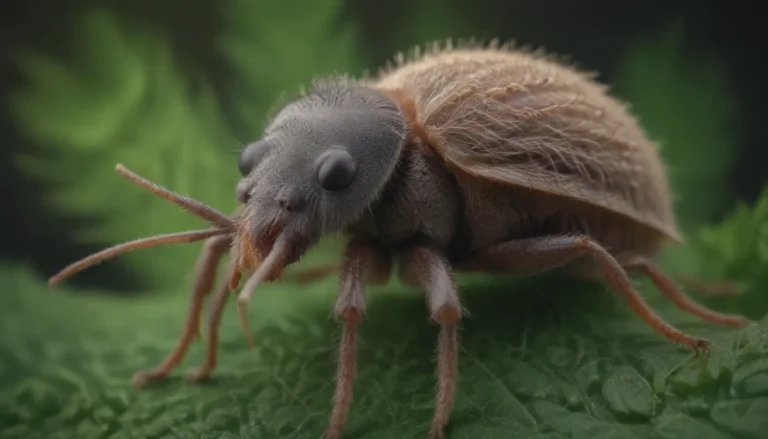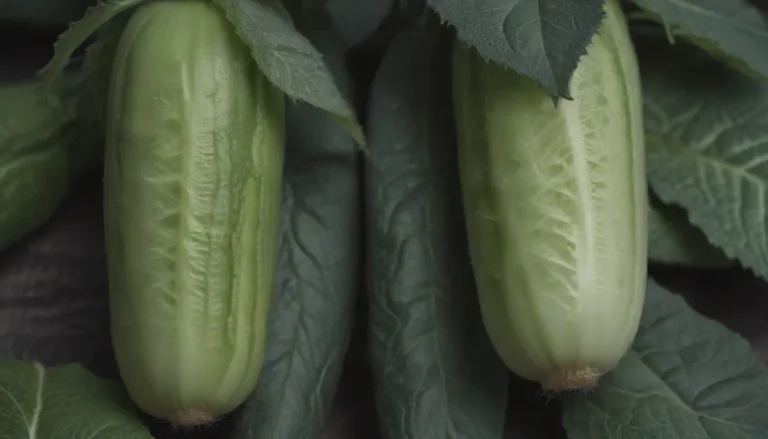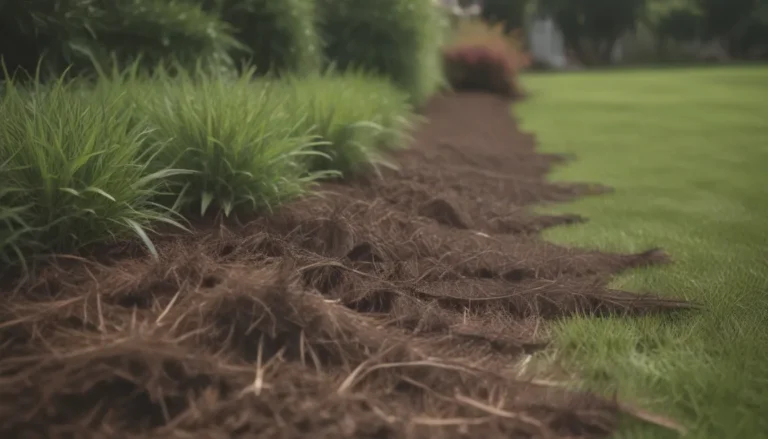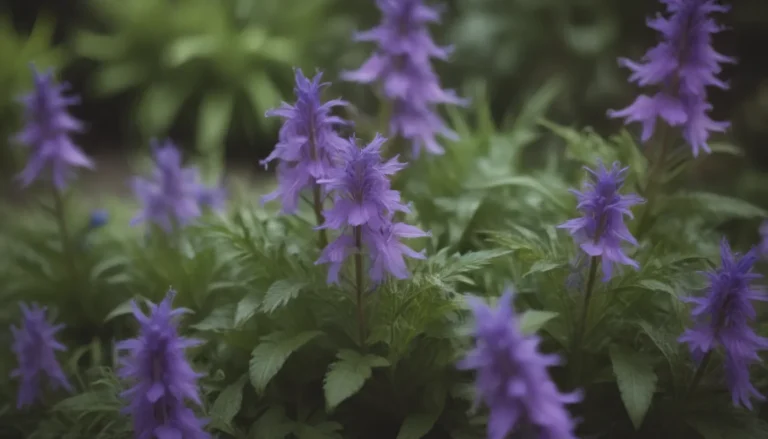How to Address Yellow Leaves on Your Squash Plants: A Comprehensive Guide
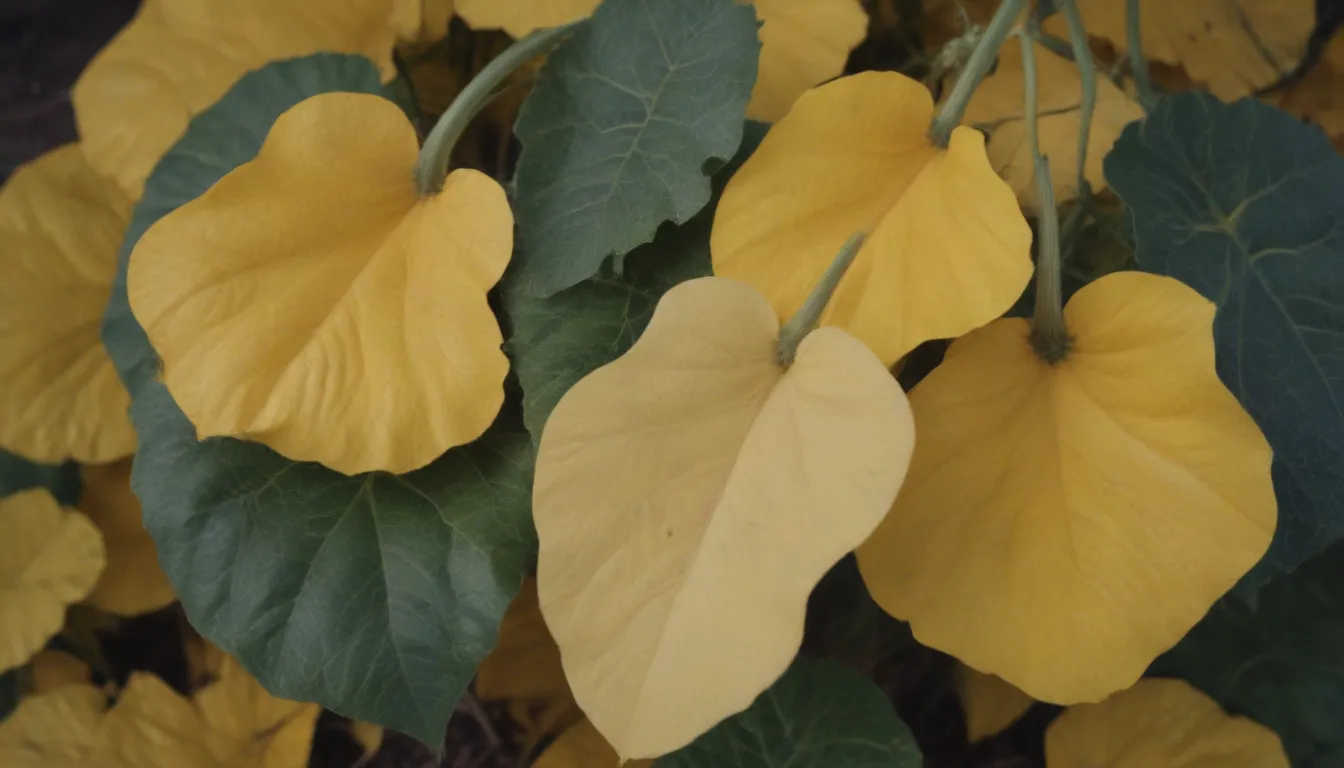
If you’re a garden enthusiast trying to grow squash in your backyard, you may have encountered the disheartening sight of yellow leaves on your plants. Don’t panic just yet! There are several reasons why this might be happening, from watering issues to pests, diseases, and sunlight levels. Here’s a detailed breakdown of why your squash leaves may be turning yellow and what you can do to remedy the situation.
Why Are Your Squash Leaves Turning Yellow?
Underwatering Your Squash Plants
One common cause of yellow leaves on squash plants is underwatering. Squash is a fast-growing vegetable that requires ample water to thrive. Without sufficient hydration, the plant struggles to function properly and transport essential nutrients from the soil. To address this issue, ensure your squash plant receives about one inch of water per week. In hot and dry weather conditions, you may need to increase the watering frequency. Keep an eye on the soil and water whenever the top layer feels dry to the touch. Consider using an automatic irrigation system or a hose timer to streamline this task.
Overwatering Your Squash Plants
Alternatively, yellow leaves can indicate overwatering. When the soil is waterlogged, the roots lack oxygen, leading to root damage or death. This, in turn, impedes the plant’s growth and health. If you suspect overwatering, cease watering the plant and address any drainage issues promptly. Monitor the plant closely for changes in its condition. To differentiate between underwatered and overwatered squash plants, observe the leaves and soil. Overwatered plants exhibit yellow, droopy leaves and soggy soil, while underwatered plants have yellow, brittle leaves and dry soil.
Nutrient Deficiency
In addition to water, squash plants require adequate nutrients to thrive. Nitrogen, phosphorous, and potassium are essential for healthy growth and development. If your squash leaves are turning yellow due to nutrient deficiency, consider testing your soil’s pH level. You can purchase a soil testing kit or perform a DIY test using common household items. Based on the results, supplement the soil with the necessary nutrients using appropriate fertilizers. Keep in mind that nutrient deficiencies can result in stunted vegetable growth in addition to yellowing leaves.
Disease Infestation
Squash plants are susceptible to various diseases that can cause yellow leaves. Some common diseases include:
- Powdery mildew
- Bacterial wilt
- Cucumber mosaic virus
The causes and treatments for these diseases vary, ranging from fungicide application to removing affected plants entirely. Stay vigilant and address any signs of disease promptly to protect your squash plants from further damage.
Pest Infestation
Insects, such as squash vine borers, can infest your squash plants and lead to yellowing leaves. These pests burrow into the vines, causing wilting and discoloration. Prevention methods like floating row covers can help deter squash vine borers. If an infestation occurs, consider using pesticides or manually removing the borers from affected vines to mitigate the damage.
Sunlight Deficiency
Squash plants thrive in full sun, requiring six to eight hours of sunlight daily for optimal growth. Planting squash in shaded areas can result in yellow leaves and hinder plant health. If possible, relocate small squash plants to sunnier spots to promote healthier growth. Remember to research sunlight requirements before planting to avoid future issues with sun exposure.
Addressing Yellow Leaves on Squash Plants
To address yellowing leaves on your squash plants effectively, follow these steps based on the underlying cause:
-
Watering Issues: Adjust watering frequency based on soil moisture levels and weather conditions. Ensure adequate hydration without waterlogging the soil.
-
Nutrient Deficiency: Test soil pH and supplement with nitrogen, phosphorous, and potassium as needed to support plant growth.
-
Disease Management: Identify and treat diseases promptly with appropriate measures to prevent further spread.
-
Pest Control: Implement preventive measures and treatment strategies to combat insect infestations like squash vine borers.
-
Sunlight Exposure: Ensure your squash plants receive sufficient sunlight for healthy development.
Remember to remove yellow leaves from your squash plants to promote overall plant health. Gently detach the affected leaves without causing harm to the plant. Keep an eye on your squash plants’ progress and make necessary adjustments to ensure their well-being.
By addressing the root causes of yellow leaves on your squash plants, you can support their growth and productivity. Remember that proactive care and monitoring are key to maintaining healthy squash plants in your garden.
References:
1. Commercial squash production. University of Georgia Extension.
2. Overwatering. Missouri Botanical Garden.
3. Squash and pumpkin production. Oklahoma State University Extension.
4. Squash. Plant Village by Pennsylvania State University.
5. Squash vine borers. University of Minnesota Extension.
6. Grow more squash (summer). Alabama Extension.
